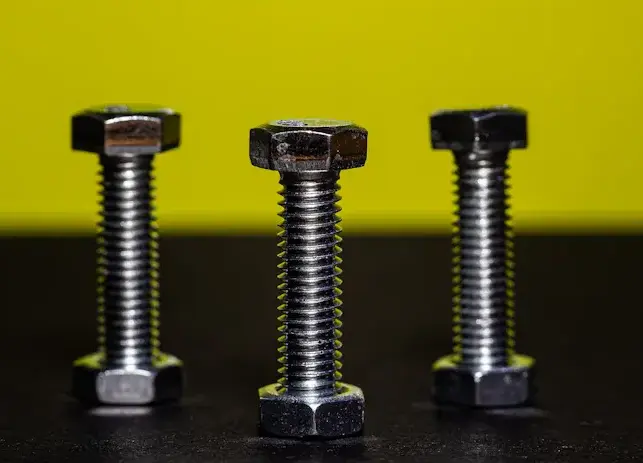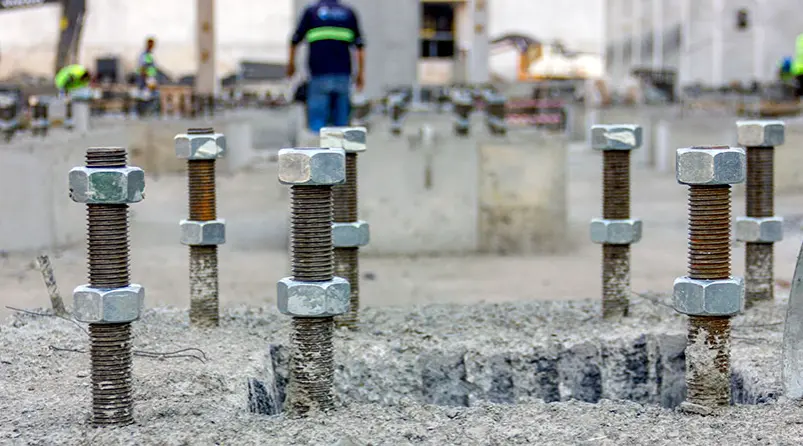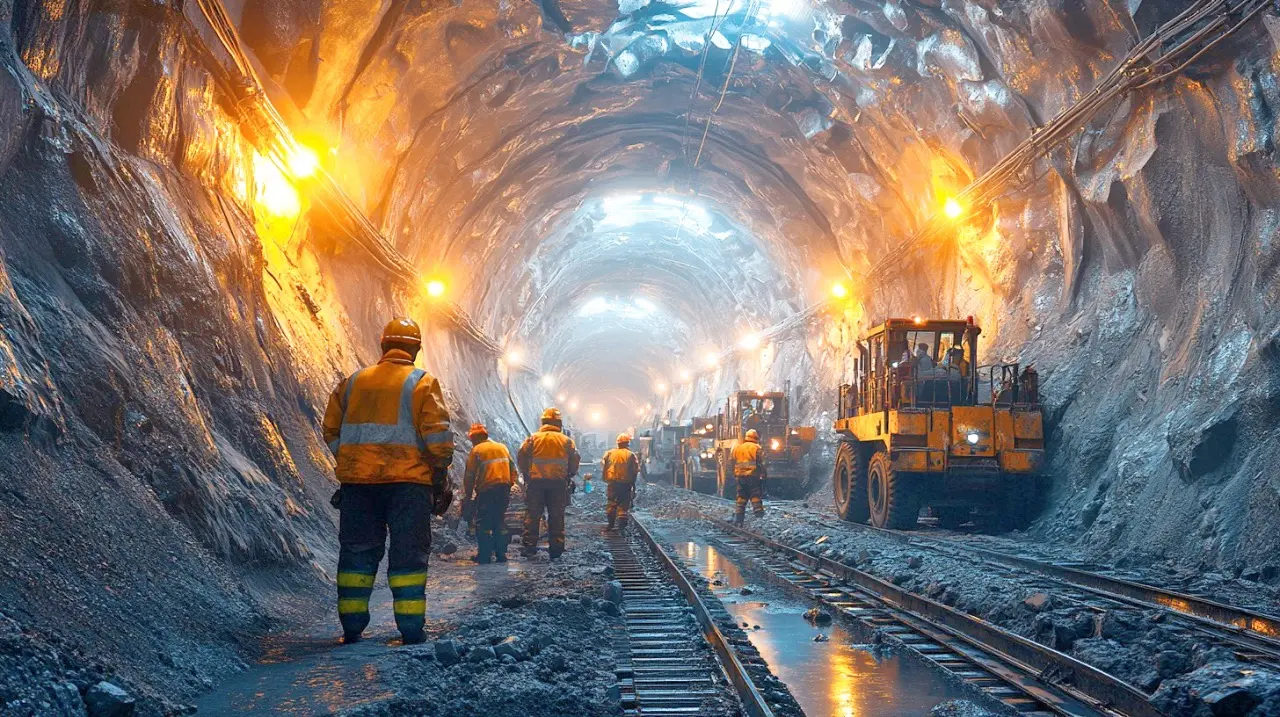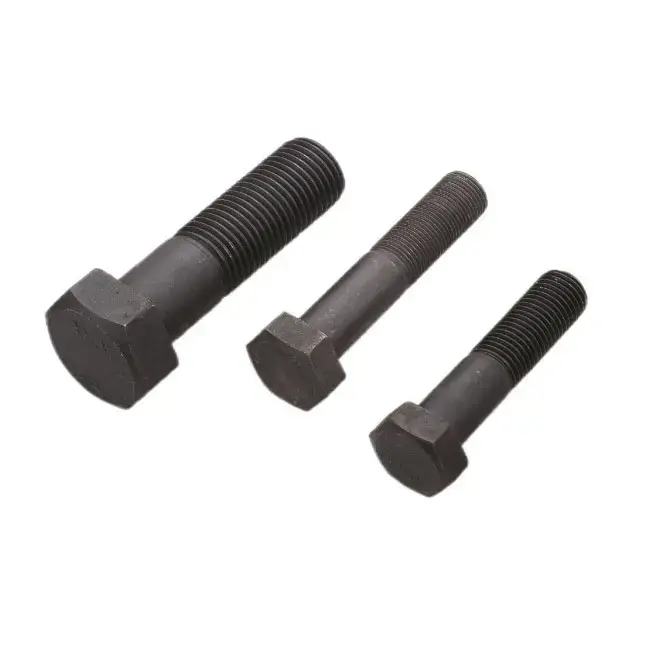What Role Does an Anchor Dome Nut Play in Underground Support Systems?
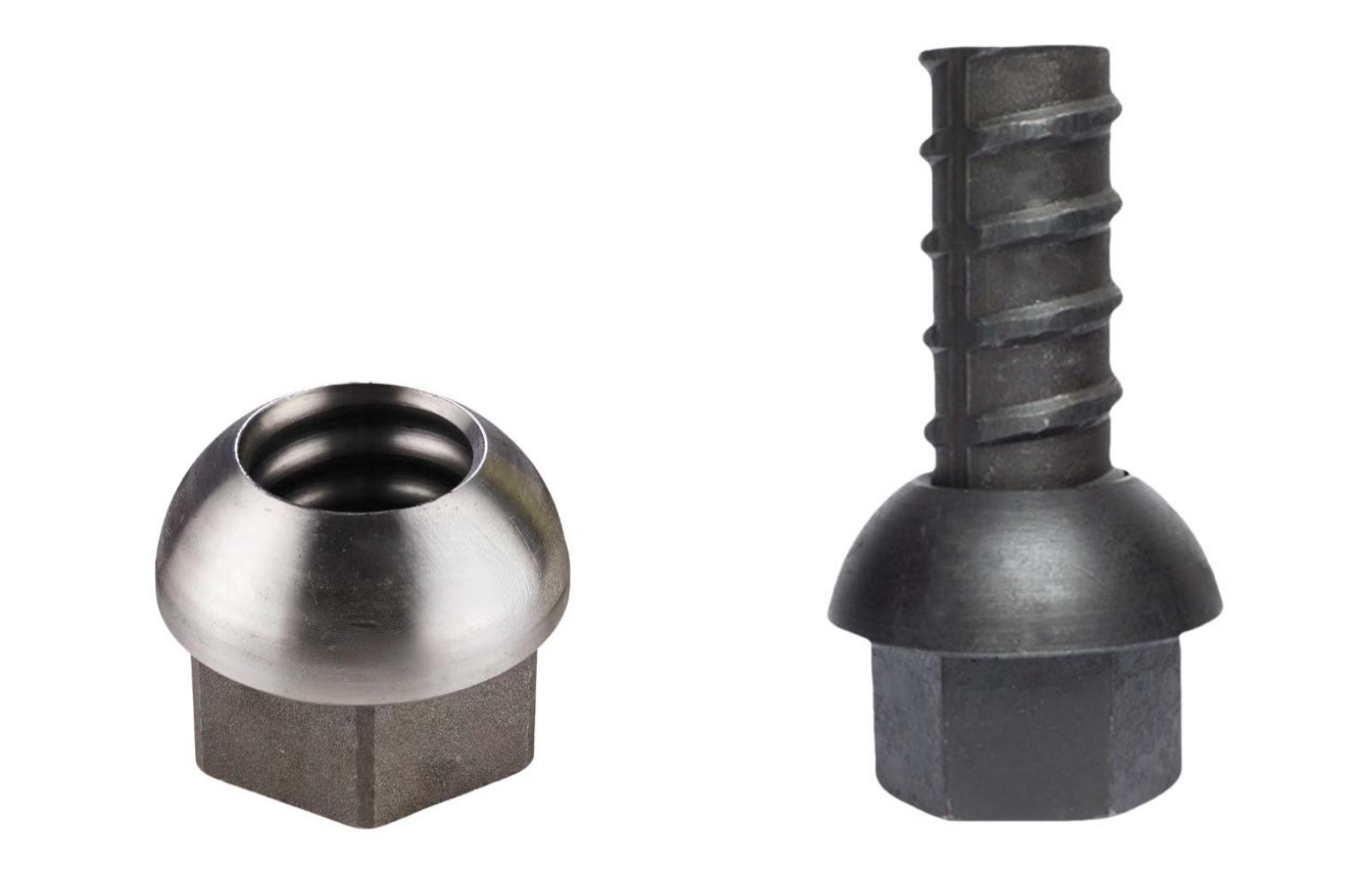
You might not realize it, but underground structures depend on small yet powerful components to remain stable. The Anchor Dome Nut is one such essential part. It secures rock bolts firmly in place, ensuring underground environments like tunnels and mines stay safe. Its unique design spreads weight evenly, preventing dangerous structural shifts.
Key Takeaways
- Anchor dome nuts hold rock bolts in place for underground safety.
- The nut's dome shape spreads weight evenly to stop failures.
- These nuts make setup and repairs easier, saving time and money.
How Does an Anchor Dome Nut Work?
Mechanism and Design of Anchor Dome Nuts
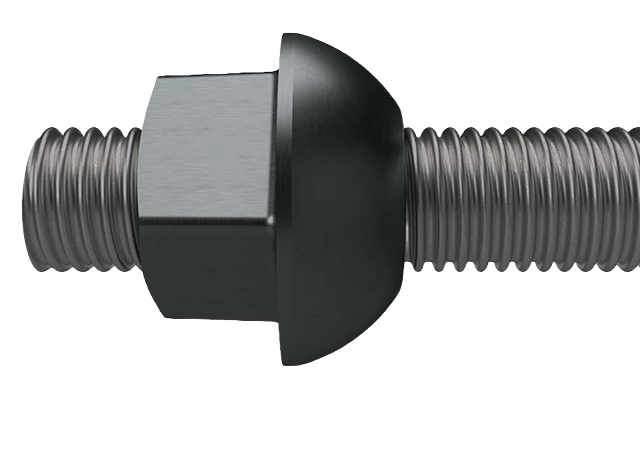
You might wonder how such a small component can play a big role in Underground Support systems. The anchor dome nut is designed to distribute force evenly across its surface. Its dome-shaped structure helps reduce stress concentration, which prevents cracks or damage to the surrounding material.
The nut works by threading onto a rock bolt, creating a secure connection. As you tighten it, the dome shape ensures the load is spread uniformly. This design minimizes the risk of structural failure, even under extreme geological pressures.
Tip: The dome shape isn't just for aesthetics. It’s a critical feature that enhances the nut's ability to handle heavy loads and resist deformation.
Role in Securing Rock Bolts and Anchoring Systems
Rock bolts are essential for stabilizing underground structures, but they need a reliable anchoring system to perform effectively. This is where the anchor dome nut comes in. It locks the bolt in place, ensuring it remains secure even when subjected to shifting rock formations or vibrations.

When you use an anchor dome nut, you’re not just fastening a bolt; you’re creating a stable foundation for the entire support system. The nut’s ability to hold the bolt firmly prevents loosening, which could lead to dangerous collapses.
- Key Functions of Anchor Dome Nuts in Rock Bolt Systems:
- Maintain bolt tension over time.
- Resist geological stresses like shifting or compression.
- Enhance the overall stability of underground environments.
Note: Without a properly functioning anchor dome nut, the effectiveness of rock bolts diminishes significantly, increasing the risk of structural instability.
Importance of Anchor Dome Nuts in Underground Safety
Preventing Structural Failures and Collapses
When working in underground environments, safety is your top priority. Structural failures can lead to dangerous collapses, putting lives and equipment at risk. The anchor dome nut plays a critical role in preventing these disasters. By securing rock bolts firmly, it ensures that the surrounding rock remains stable even under immense pressure.
You might notice that underground structures often face shifting geological forces. These forces can weaken the integrity of tunnels or mines over time. The anchor dome nut acts as a safeguard, keeping the rock bolts in place and maintaining the overall strength of the support system.
Did you know? A single loose bolt can compromise the stability of an entire underground structure. Using a reliable anchor dome nut reduces this risk significantly.
In addition to its secure grip, the dome-shaped design of the nut helps distribute stress evenly. This prevents cracks or weak points from forming in the rock, further reducing the chances of structural failure.
Enhancing Load Distribution and Stability
Underground environments are constantly under pressure from the weight of the earth above. Uneven load distribution can cause sections of a tunnel or mine to collapse. The anchor dome nut addresses this issue by ensuring that the load is spread evenly across the support system.
When you tighten an anchor dome nut onto a rock bolt, its dome shape works to balance the forces acting on the structure. This even distribution of weight enhances the stability of the entire underground environment. It also reduces the strain on individual bolts, extending their lifespan and improving the overall durability of the support system.
- Key Advantages of Load Distribution with Anchor Dome Nuts:
- Prevents localized stress points.
- Reduces wear and tear on rock bolts.
- Improves the long-term stability of underground structures.
By using anchor dome nuts, you create a safer and more reliable underground workspace. Their ability to handle geological stresses and distribute loads effectively makes them an essential component in underground engineering.
Key Benefits of Using Anchor Dome Nuts
Durability and Resistance to Geological Stresses
Underground environments constantly face intense geological pressures. You need components that can withstand these forces without failing. The anchor dome nut excels in this area. Its robust design and high-quality materials make it resistant to deformation, even under extreme stress.
The dome shape plays a key role in its durability. By evenly distributing the load, it reduces the risk of cracks or fractures in the surrounding rock. This ensures that the nut remains effective over time, even in challenging conditions.
Fact: The anchor dome nut is often made from corrosion-resistant materials, which helps it endure harsh underground environments.
When you use this component, you can trust it to maintain its integrity, even in the face of shifting rock formations or vibrations. Its ability to resist wear and tear makes it a reliable choice for long-term underground support systems.
Efficiency in Installation and Maintenance
Time is critical in underground projects. You need components that are easy to install and maintain. The anchor dome nut simplifies the process. Its straightforward design allows for quick installation, reducing the time and effort required to secure rock bolts.
Once installed, the nut requires minimal maintenance. Its durable construction means you won’t need to frequently replace or adjust it. This saves you both time and resources, allowing you to focus on other aspects of your project.
- Advantages of Easy Installation and Maintenance:
- Speeds up project timelines.
- Reduces labor costs.
- Minimizes downtime for repairs.
By choosing the anchor dome nut, you ensure a more efficient workflow. Its reliability and ease of use make it an essential tool for underground engineering.
The anchor dome nut plays a vital role in underground support systems. Its durability and efficiency ensure safety and stability in challenging environments. By preventing collapses and maintaining structural integrity, it becomes an essential tool for underground engineering. You can rely on this component to create secure and long-lasting support systems.
FAQ
What materials are anchor dome nuts made from?
Anchor dome nuts are typically made from high-strength steel or corrosion-resistant alloys. These materials ensure durability and performance in harsh underground environments.
Tip: Always check the material specifications to match your project’s needs.
How do you install an anchor dome nut?
You thread the nut onto a rock bolt and tighten it securely. The dome shape ensures even load distribution during installation.
- Steps to Install:
- Position the rock bolt.
- Thread the nut.
- Tighten to the required torque.
Can anchor dome nuts be reused?
No, you should not reuse anchor dome nuts. Reusing them can compromise their strength and reliability. Always use a new nut for each installation.
Note: Replacing old nuts ensures maximum safety and performance.


